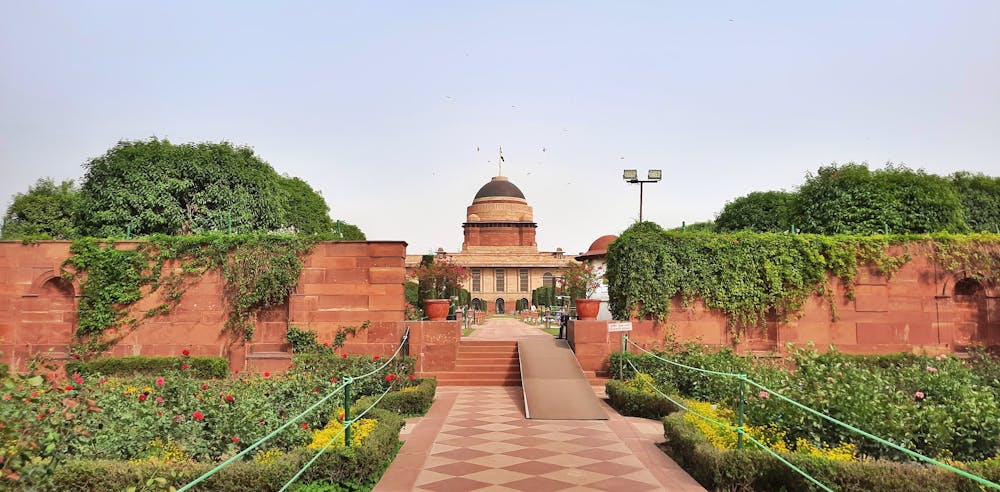Under this article, if a state is unable to function according to Constitutional provisions, the Union government seizes control over the state machinery. President’s rule implies the suspension of the state government and a direct imposition of the rule of the Union government over the state.
When a state government functions correctly, it is run by an elected council of ministers, led by a democratically elected Chief Minister. Under the imposition of the president's rule, the council of ministers is dissolved and the Chief Ministerial house is vacated.
Like most of Indian Law, Article 356 or President’s rule borrows heavily from colonial rule. It is derived from the Government of India act of 1935, that promised some measure of self-rule to Indians, but only at the provincial level. Section 93 of this Act allowed a provincial governor appointed by the British to supersede the powers of the provincial, self-ruling government if its administration could not be carried out according to the Act. Section 93, then, served as the basis for Article 356 as it exists today in the Indian Constitution.
So far, Chhattisgarh and Telangana are the only states where President’s Rule hasn’t been imposed.

